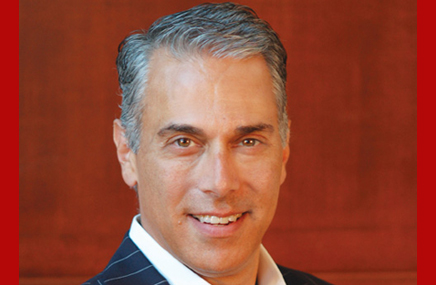ApotheCom CEO David Dunn sees a lot of airports. Yet despite just logging in what he estimated to be 12 to 16 hours of airtime, he was in nonstop work mode, and that meant taking an interview while wending his way through Dallas Fort-Worth Airport, a trek that was spurred by a need to meet a client about a presentation. As US division president David Paragamian, who only just emerged from a client meeting in New Jersey put it, ApotheCom’s senior executives “don’t just sell the business, we work the business.”
This business, which managed to inch up its take 5% in 2011 over the prior year is a distinct one: its 280 to 300 employees are dedicated to the pre-launch states of communications. Those communications are handled by four businesses which bookend the Atlantic: ApotheCom, ApotheEU, ApotheCom Scope, and as of last year, ApotheCom Scope Medical, the US version.

Although the industry may be inclined to describe the expertise of this Huntsworth Health enterprise as medical education, Dunn said the description doesn’t capture the true nature of the work its in-house science and creative teams do: 50% of the work comes under business publications and strategic planning, which includes such tasks as providing competitive analyses and establishing scientific platforms. The remaining half comes under the heading medical communications. This includes things like figuring out the best way to illustrate an MOD. It also includes the just-landed project of both branding a disease and putting together creative advertorials around the disease that it will push to the New England Journal of Medicine. This effort will also include what Paragamian described as “really slick, sophisticated stuff—that is, iPad apps.”
What ApotheCom doesn’t do: sales aids and details. Paragamian described the will-do and won’t-do divide as “sticking to our knitting,” opting instead to funneling its core strengths into discrete forms of outreach.
This should not be confused with having a narrow reach—the company is aligned so that it can scale up to take on the challenges of a Big Pharma client as well as scale down and apply the same degree of attention to the smaller biotechs that are counted among the agency’s 20 US clients. It’s a smart client mix, considering the patent cliff, but Dunn said the insulation this diversity provides is the luck of having its work attract clients, as opposed to the result of a protective strategy.
Dunn said what makes ApotheCom so effective for both its large and small clients is that its core competencies cover the gamut of editorial. “When we talk about being a medical communications company I think lots of companies have the medical part down very well, and certainly we do. We also really accelerate at the communications side. We really understand and think about what the communications objectives are for the scientific client” he said.
Underscoring this balance was the presentation to which Dunn was headed. He said that although creating games and videos are among the tactics he’s going to discuss with clients, it’s far from the first thing on the list. “The first 30 slides have nothing to do with any of that. The first 30 slides are all about the messaging and the communications” he said.
In other words, according to Dunn, “the trunk of the tree is all about communications… then, we move to ‘and here’s the various things we can do to disseminate it.’”
From the July 01, 2012 Issue of MM+M - Medical Marketing and Media








